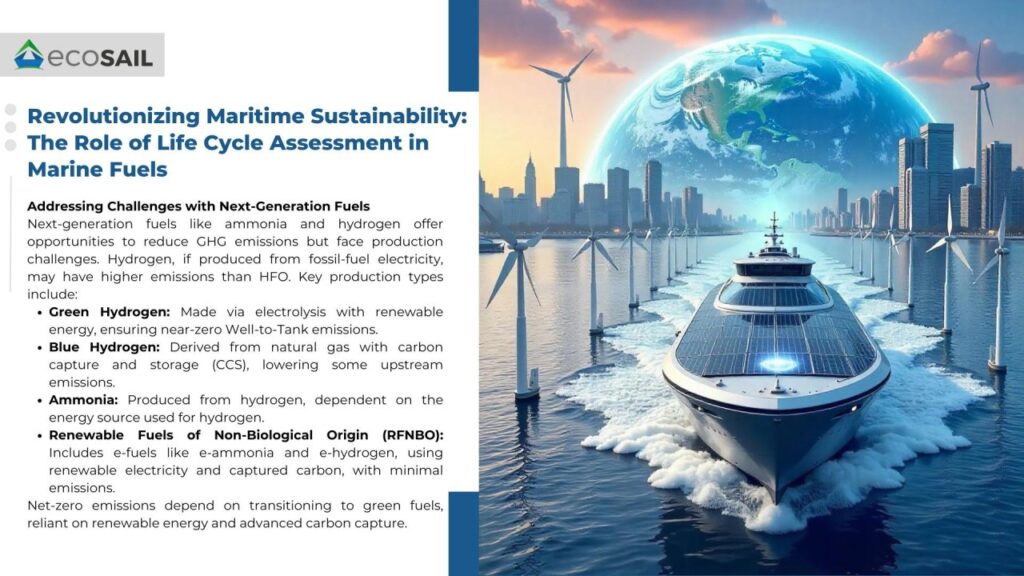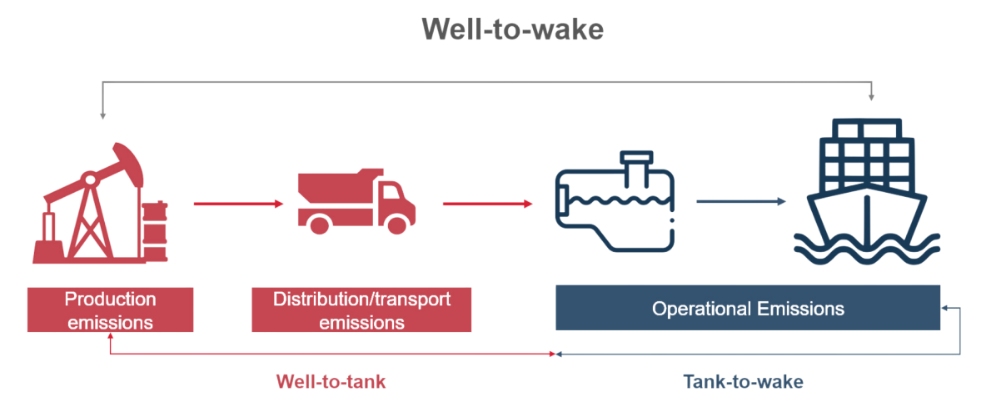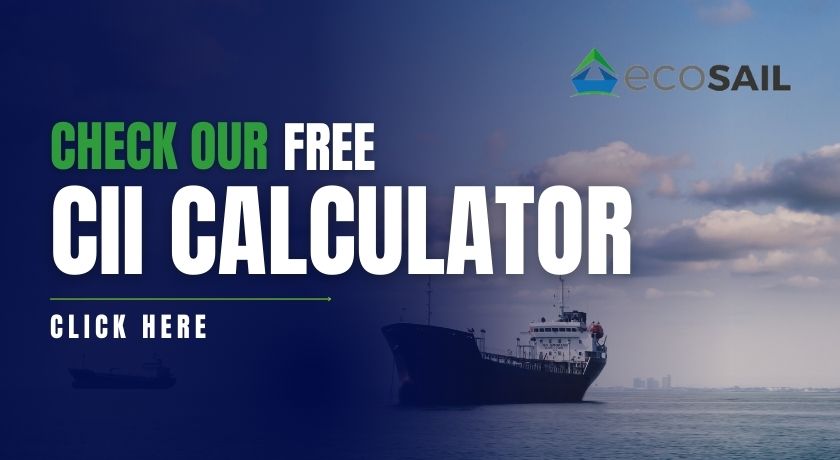Revolutionizing Maritime Sustainability: The Role of Life Cycle Assessment in Marine Fuels

Introduction
The global shipping industry, a cornerstone of international trade, faces the dual challenge of reducing greenhouse gas (GHG) emissions while maintaining economic viability. The International Maritime Organization (IMO) and the European Union (EU) have implemented multiple strategies, with the EU’s Regulation (EU) 2023/1805 emphasizing the life cycle of marine fuels. This article explores advancements, challenges, and methodologies shaping sustainable shipping.
From Tank-to-Wake to Well-to-Wake: A Paradigm Shift
Initially, IMO strategies targeted onboard emissions, known as Tank-to-Wake emissions. However, the EU’s 2023 regulation expands the focus to Well-to-Wake emissions, encompassing the entire life cycle of marine fuels. This reflects growing recognition of upstream processes, such as fuel production and distribution, in overall emissions.

The Well-to-Wake framework combines two key segments:
Well-to-Tank (WtT): This phase captures GHG emissions from feedstock extraction, processing, fuel production, transportation, and bunkering. For fossil fuels, WtT emissions include crude oil extraction, refining, and distribution, contributing approximately 15-25 grams of CO2 equivalent per megajoule (gCO2e/MJ).
Tank-to-Wake (TtW): This segment focuses on emissions during fuel combustion and onboard use. For heavy fuel oil (HFO), TtW emissions typically range from 70-75 gCO2e/MJ, accounting for most life cycle emissions.
Integrating these phases, the Well-to-Wake (WtW) assessment provides a comprehensive picture of a fuel’s sustainability. The inclusion of upstream activities, such as electricity generation for hydrogen or ammonia production, ensures a more accurate evaluation of a fuel’s environmental impact.
The adoption of the “2024 Guidelines on Life Cycle GHG Intensity of Marine Fuels” marks a critical step toward environmental accountability. These guidelines standardize methodologies for assessing emissions across production, transport, and onboard use.
Key Components of the LCA Guidelines
The Life Cycle Assessment (LCA) Guidelines comprise three primary components:
Methodology for Life Cycle GHG Emissions Assessment: A systematic approach to quantifying emissions from feedstock extraction to final onboard use.
Sustainability Criteria: Ten environmental themes addressing broader ecological impacts, including land use, water quality, air quality, and biodiversity.
Verification and Certification: A framework for third-party verification of Fuel Lifecycle Labels (FLL) to ensure accuracy and transparency.
Calculating Life Cycle GHG Intensity
The LCA Guidelines divide the assessment into two segments:
Well-to-Tank (WtT): Includes emissions from feedstock extraction, processing, and fuel production to transport and bunkering. For fossil fuels, pathways involve crude oil extraction, refinery processing into marine fuel grades, and distribution to ports.
Tank-to-Wake (TtW): Focuses on emissions during combustion onboard ships. For fossil fuels like HFO, this entails direct CO2 emissions from engine operations.
The combined WtW approach offers a holistic view of environmental impact. However, gaps persist, such as methane leaks from LNG tanks and land-use change impacts, requiring further refinement.
Addressing Challenges with Next-Generation Fuels
Alternative fuels like ammonia and hydrogen present opportunities for reducing onboard GHG emissions but face challenges in their production. For example, hydrogen produced using fossil-fuel-derived electricity can have higher life cycle emissions than HFO. Key production pathways include:
Green Hydrogen: Produced via electrolysis using renewable energy, achieving near-zero Well-to-Tank emissions.
Blue Hydrogen: Derived from natural gas with carbon capture and storage (CCS), partially reducing upstream emissions.
Ammonia: Synthesized from hydrogen, its sustainability depends on the energy source for hydrogen production.
Renewable Fuels of Non-Biological Origin (RFNBO): These include e-fuels such as e-dimethyl ether, e-ammonia, e-hydrogen, and e-LPG. Produced using renewable electricity and captured carbon, RFNBOs have minimal Well-to-Tank emissions, making them highly sustainable alternatives for marine applications.
Net-zero emissions hinge on transitioning to green fuels, reliant on renewable energy availability and advanced carbon capture technologies.
Sustainability Criteria for Marine Fuels
To qualify as sustainable, marine fuels must meet stringent criteria:
- GHG emissions lower than conventional fuels over their life cycle.
- Use of renewable or biogenic electricity in production.
- Minimal impact on land, water, air, and biodiversity.
These align with standards like the EU Renewable Energy Directive (RED III) and ICAO’s CORSIA, setting ambitious life cycle GHG reduction targets.
Verification and Certification Framework
The LCA Guidelines emphasize robust verification and certification. Fuel Lifecycle Labels (FLL) document GHG intensity, fuel blend ratios, and sustainability metrics. Third-party certification ensures assessment reliability, with IMO guidance aiding standardization.
Advancing Toward Net-Zero Shipping
The maritime industry’s sustainability journey demands collaboration across stakeholders. The EU’s Regulation (EU) 2023/1805 and ongoing IMO initiatives highlight commitments to refining methodologies and addressing gaps in technology and data.
The Well-to-Wake approach and integration of sustainability criteria signal transformative steps. By fostering innovation, enhancing verification, and encouraging international cooperation, the industry can achieve its net-zero emissions goal by 2050. Bold action today will shape a sustainable maritime future.




